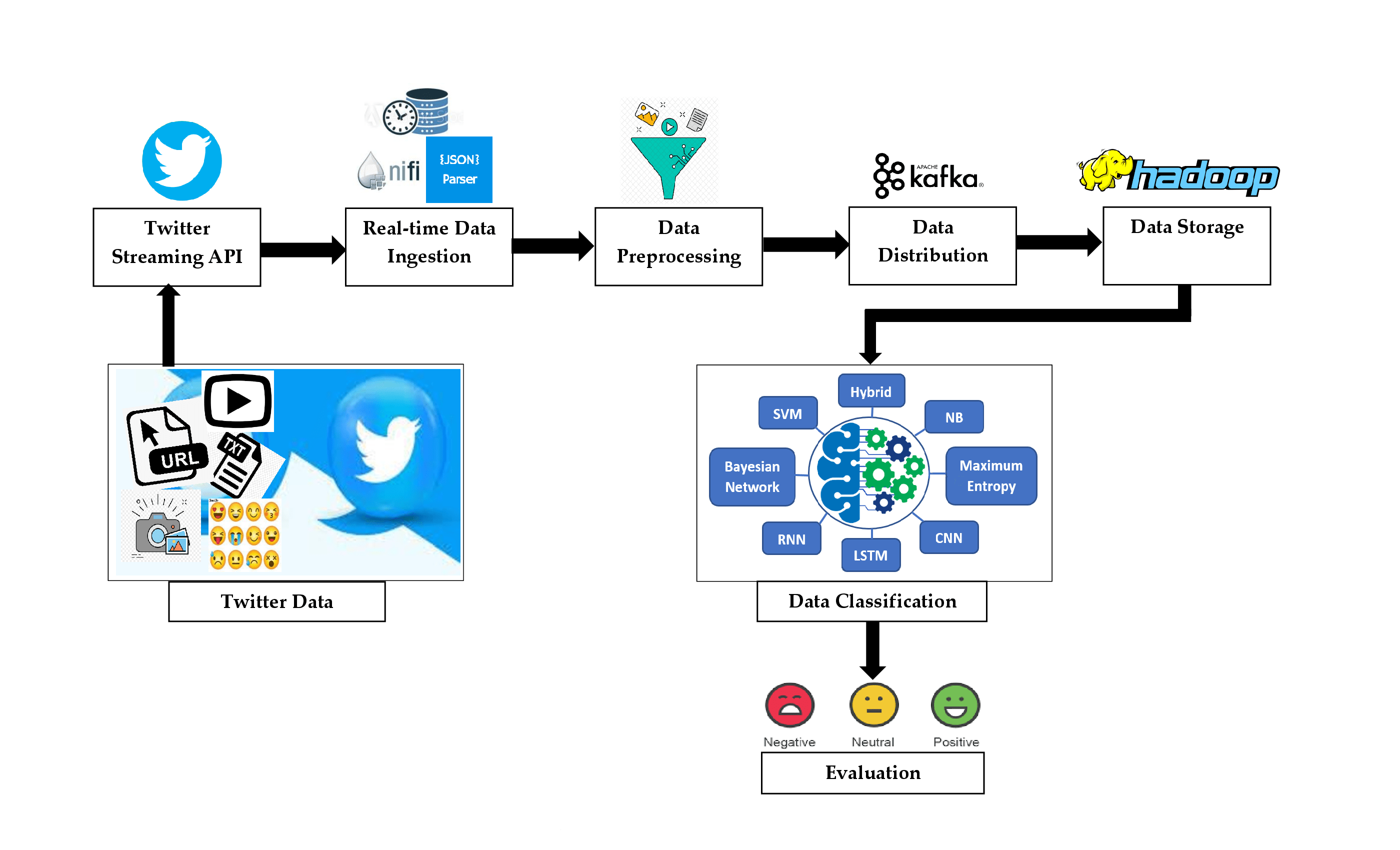Literature review on Real-time Location-Based Sentiment Analysis on Twitter
DOI:
https://doi.org/10.31357/ait.v1i2.4936Abstract
Sentiment analysis mainly supports sorting out the polarity and provides valuable information with the use of raw data in social media platforms. Many fields like health, business, and security require real-time data analysis for instant decision-making situations.Since Twitter is considered a popular social media platform to collect data easily, this paper is considering data analysis methods of Twitter data, real-time Twitter data analysis based on geo-location. Twitter data classification and analysis can be done with the use of diverse algorithms and deciding the most appropriate algorithm for data analysis, can be accomplished by implementing and testing these diverse algorithms.This paper is discussing the major description of sentiment analysis, data collection methods, data pre-processing, feature extraction, and sentiment analysis methods related to Twitter data. Real-time data analysis arises as a major method of analyzing the data available online and the real-time Twitter data analysis process is described throughout this paper. Several methods of classifying the polarized Twitter data are discussed within the paper while depicting a proposed method of Twitter data analyzing algorithm. Location-based Twitter data analysis is another crucial aspect of sentiment analyses, that enables data sorting according to geo-location, and this paper describes the way of analyzing Twitter data based on geo-location. Further, a comparison about several sentiment analysis algorithms used by previous researchers has been reported and finally, a conclusion has been provided.

Downloads
Published
How to Cite
License
Copyright (c) 1970 Dilmini Rathnayaka

This work is licensed under a Creative Commons Attribution-NonCommercial-NoDerivatives 4.0 International License.
The Authors hold the copyright of their manuscripts, and all articles are circulated under the terms of the Creative Commons Attribution License, which permits unrestricted use, distribution, and reproduction in any medium, as long as that the original work is properly cited.
The use of general descriptive names, trade names, trademarks, and so forth in this publication, even if not specifically identified, does not imply that these names are not protected by the relevant laws and regulations. The authors are responsible for securing any permissions needed for the reuse of copyrighted materials included in the manuscript.




